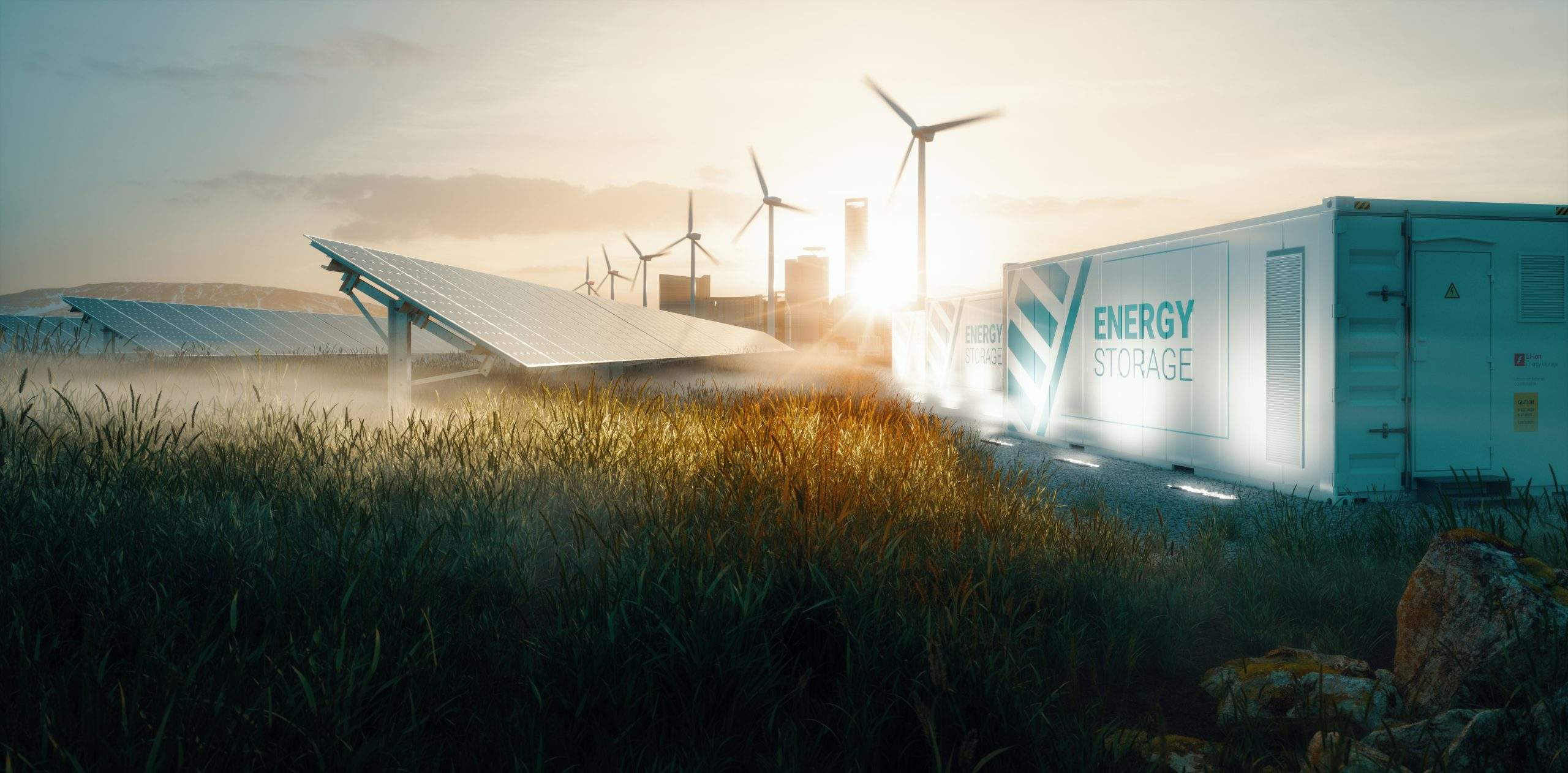
PV: output per unit: 13,14 kWp
More informations
Windkraft: output: 250 kW
More informations
PEM:
40‘ Container, 12 x 3 x 3,5 m
20’ Container, 6 x 3 x 3,5 m
Weitere Informationen
AEM
Pro Modul
Pro 40ft Container
Weitere Informationen
dimensions all-in-one solution: 3x 20’ Container,
per approx. 6 x 3 x 3,5 m
More informations
Hydrogen production plants
from green electricity
We are building a production facility in Germany that comprises the entire value creation process.

Our mission
A change in thinking is taking place worldwide. In Europe in particular, especially Germany, the demand for hydrogen production plants from green energy is increasing. We want to think green energy further. We see the possibility to contribute worldwide to the power and energy supply with self-sufficient centers. To this end, we are building a production plant in Germany that covers the entire value-added process. We start by producing electricity with wind and photovoltaic (PV) systems, convert the electricity generated that is not directly needed into hydrogen and store it. This means that it can be used for chemical processes as well as for combined heat and power plants or in mobility. A CO² absorber system removes CO² from the air – thus contributing to climate protection. Hydrogen and CO² extracted from the air are converted into e-fuels with the aid of a catalyst and then stored. With these e-fuels it is then possible either to operate vehicles again or generators that cover the electricity demand in times of wind lull or at night, i.e. without PV.
With our system, we thus offer the possibility of ensuring a self-sufficient energy supply at any location in the world. We see the increase of self-sufficiency in single-family homes as a further business area. Currently we are planning two areas. On the one hand, we are building a test plant that will cover the entire power-to-gas process for a single-family home. he surplus electricity from the PV system is not fed into the grid, but is converted to hydrogen via an electrolysis system and stored. A fuel cell is used to convert it back into electricity if required. In the second project, the PV system of the single-family house is supplemented by a fuel cell. Here there is a connection to a hydrogen tank, which contains CO²-neutral hydrogen, from which the fuel cell is fed when required.
Power to gas
The idea behind “Power to Gas” is to convert surplus electricity, preferably from green energy, into hydrogen or methane. We have set our focus on hydrogen. Modular offers are available here that generate from 1kg H2/day up to 450 kg/day per plant. The hydrogen produced this way can be transported into the gas infrastructure, stored and then be used in various application areas. Regenerative power generation is possible. In our plant, the hydrogen is stored directly on site in high-pressure tanks. This can be used to operate a hydrogen filling station. Use in industrial processes (refineries, ammonia production, iron ore reduction) is also possible. The hydrogen produced this way can thus be used across all sectors and can help to reduce CO2 emissions for various consumers. Hydrogen therefore replaces fossil fuels in mobility, industry, heat supply and power generation.
The biggest advantage from our point of view, however, is the possibility of using it as an energy storage medium. Fluctuations in energy production can be absorbed and thus energy that is not directly used in the power grid can be made usable long term.

STAY UP-TO-DATE
Contact us
Your Contact
Frederike Narr
Executive Assistant
- info@hhydrobis.com
- +49 (0)461 40 68 66 66
